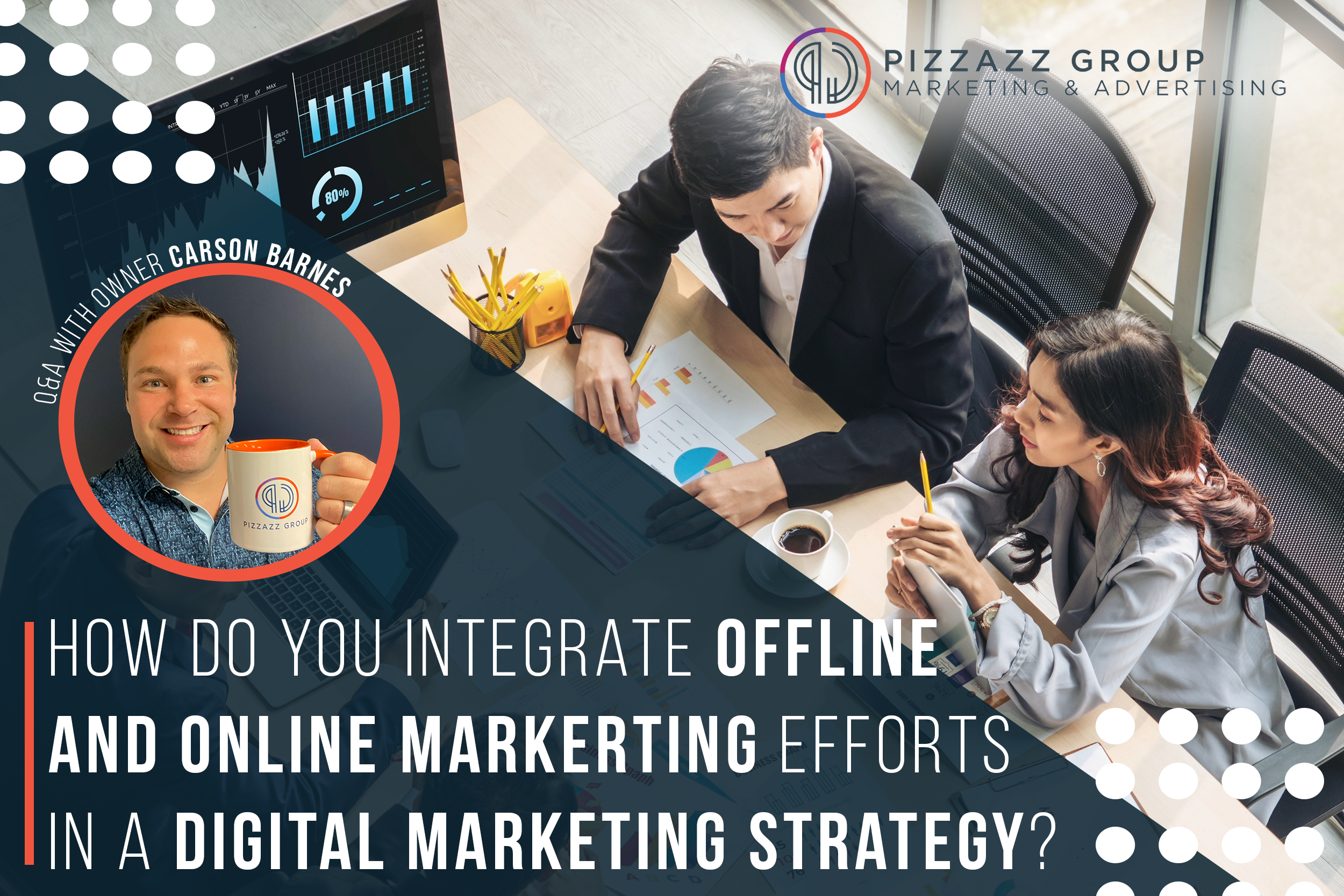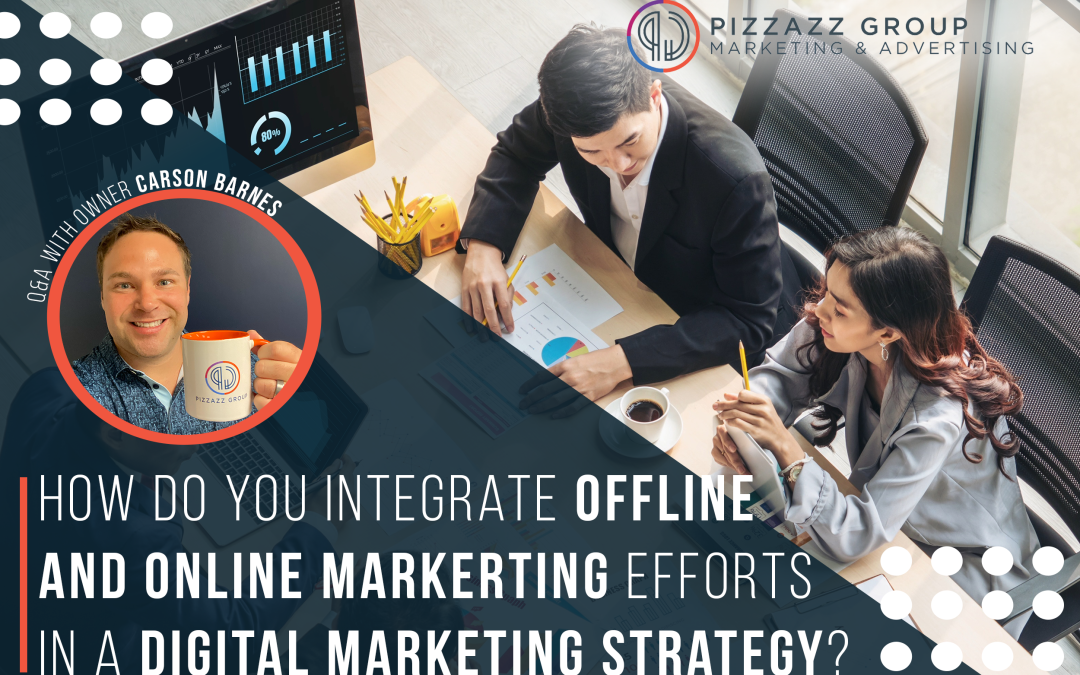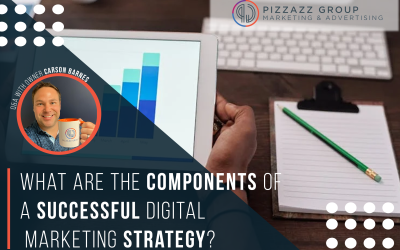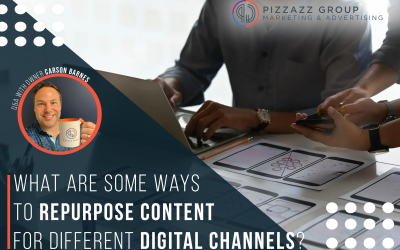
Understanding Offline and Online Marketing Integration
Understanding Offline and Online Marketing Integration

• Print Media: Newspapers, magazines, brochures, flyers, direct mail.
• Broadcast: Television, radio advertising.
• Events: Trade shows, conferences, seminars, networking events.
• Outdoor: Billboards, posters, signage.
Online marketing, on the other hand, encompasses digital channels and strategies conducted over the internet:
• Digital Advertising: PPC (Pay-Per-Click) ads, display ads, social media ads.
• Content Marketing: Blog posts, ebooks, whitepapers, videos, podcasts.
• Social Media Marketing: Engagement, brand awareness, customer service on platforms like Facebook, Instagram, LinkedIn.
• Email Marketing: Newsletters, automated campaigns, personalized communications.
Benefits of Integrating Offline and Online Marketing
1. Enhanced Brand Consistency
2. Expanded Reach and Engagement
3. Improved Customer Experience
4. Optimized Marketing ROI
Strategies for Integrating Offline and Online Marketing Efforts
1. Create Unified Brand Messaging
2. Use QR Codes and Custom URLs
3. Promote Online Channels Offline
4. Coordinate Campaign Launches
5. Use Geotargeting and Geofencing
6. Track and Measure Performance
Case Studies: Successful Integration of Offline and Online Marketing
Nike’s “Find Your Greatness” Campaign
Coca-Cola’s “Share a Coke” Campaign
IKEA’s Catalog and Mobile App Integration
Best Practices for Seamless Integration
1. Align Marketing Teams
2. Listen to Customer Feedback
3. Stay Agile and Experiment
Conclusion
For more information on a tailored Digital Marketing Plan for your business, contact Pizzazz Group at customer@pizzazzgroup.com or by calling (614) 350-1681.
Related Q&A With Owner Carson Barnes Blogs
How Do You Generate Digital Marketing Leads For My Business?
Lead generation in digital marketing involves attracting and converting prospects into potential customers through various online channels and tactics. This comprehensive guide explores proven techniques, strategies, and best practices to help you generate quality...
What Are The Components Of A Successful Digital Marketing Approach?
In today's digital age, an effective digital marketing strategy is essential for businesses aiming to reach and engage with their target audience, drive traffic to their websites, generate leads, and ultimately, increase conversions and revenue. A well-rounded digital...
What Are Some Ways You Repurpose Content For Different Digital Channels?
Repurpose content involves taking existing content and adapting it for use across different digital channels, formats, and audiences. This approach not only extends the lifespan of content but also amplifies reach, improves SEO, and enhances engagement. In this...





